Frogs are creatures that not everyone loves. And one of their species is the tree frog. Tree frogs are those little frogs that live in trees and make weird sounds at night but also have enemies. If there are many frogs in a place, it could be a problem.
And in that case, mother nature has its solutions. There are some creatures which are considered as enemies to these frogs. And they help maintain the proper number of frogs in an area. Thus, it is making a natural balance because, after all, the natural balance is everything.
So, let’s see what those enemies are that much helpful.
Predators of the Tree Frog
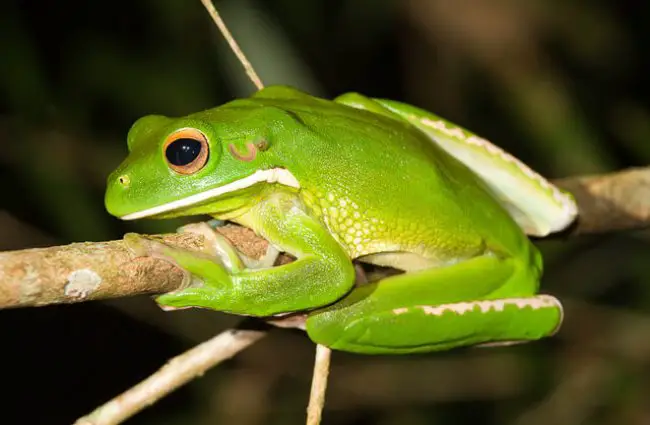
Tree frogs, with their bright colors and special defenses, have developed ways to protect themselves from enemies. One of the main things helping them stay safe is their skin, which makes them taste bad or even deadly to animals that might want to eat them. These bad-tasting chemicals stop many animals, like snakes, birds, and big frogs, from trying to catch them.
Besides their chemical defense, tree frogs also hide and act in a way that keeps them safe. Some kinds of tree frogs can change the color of their skin to match their surroundings, so it’s hard to see them. They use their fast jumping and sticky toe pads to climb trees and leaves so predators on the ground can’t reach them.
After exploring these natural predators and their roles, you’ll understand effective tree frog management strategies that align with maintaining ecological balance.
Birds of Prey
Birds of prey use different methods to catch tree frogs because they’re good at flying. Birds like the red-tailed hawk and barn owl can quietly fly at night and listen carefully to hear the tiny sounds that tree frogs make.
This sneaky approach helps them grab frogs without them noticing. These birds also like to eat tree frogs because they have lots of protein. This means they sometimes have to compete for the best frog-hunting spots, like marshy areas or thick forests.
Snakes
Snakes are good at climbing trees and bushes and love eating frogs. Some snakes, like the green tree python and vine snake, are good at living in trees and finding tree frogs to eat. They are sneaky and can squeeze their prey tightly, making them tough enemies for tree frogs. These tree-loving snakes have cool features for living up in the trees. They have long, slim bodies and come in pretty colors, which helps them hide in the leaves and catch their prey better.
Mammalian Predators
Tree frogs face many threats in their natural habitats. Besides birds and reptiles that eat them, some mammals are also dangerous for these small frogs. Nighttime animals like opossums and raccoons sometimes catch tree frogs when they come down from their tree homes. This is when tree frogs are most at risk from mammals. Even bigger mammals, like kinkajous, are skilled climbers and can easily climb trees to catch frogs on the higher branches. All these dangers show how complex the interactions in nature are and how important tree frogs are for the environment. That’s why we need to protect them and their homes.
Invertebrate Predators
Even small animals like bugs can eat tree frogs. Big spiders, mantises, and centipedes are some bugs that might eat tree frogs. They’re good at sneaking up on them and catching them when they’re not looking.
Behavioral Adaptations
Despite having many natural enemies, tree frogs have found different ways to avoid getting eaten. Some types of tree frogs have bright colors that act as a warning to animals that might want to eat them. These colors show that the frogs have toxins in their skin, which can make them taste bad or even harm their attackers. Additionally, tree frogs are well known for their impressive jumping skills. When they feel threatened, they can jump far, making it tough for predators to catch them. Some species also have special toe pads that help them stick to smooth surfaces, which makes it hard for predators to remove them.
Human Impact
Tree frogs have been around for a long time and have learned how to deal with animals that might want to eat them. But now, people are doing things that make it hard for tree frogs to survive. They’re destroying where tree frogs live, dirtying the air and water, and changing the climate. All these things make it tough for tree frogs to live happily.
Conservation Efforts
Tree frogs play a big role in keeping our environment healthy. To make sure they stay safe, we’re doing a few things. We’re saving their homes, helping them have babies, and telling everyone about them. By dealing with the problems we create and making them smaller, we can ensure these amazing animals don’t disappear.
Conclusion
We got to see that there are many natural enemies of tree frogs. Like many creatures in the wild, they face threats from various predators that hunt them for food. These predators include birds, snakes, larger amphibians, and even some mammals. Birds are known to fly down from the sky and snatch tree frogs perched on branches. Snakes are stealthy hunters who can climb trees and catch frogs as they sleep or move.
Larger amphibians, like certain species of frogs and toads, may compete with tree frogs for food or prey on them. So, now you know some natural enemies of tree frogs.

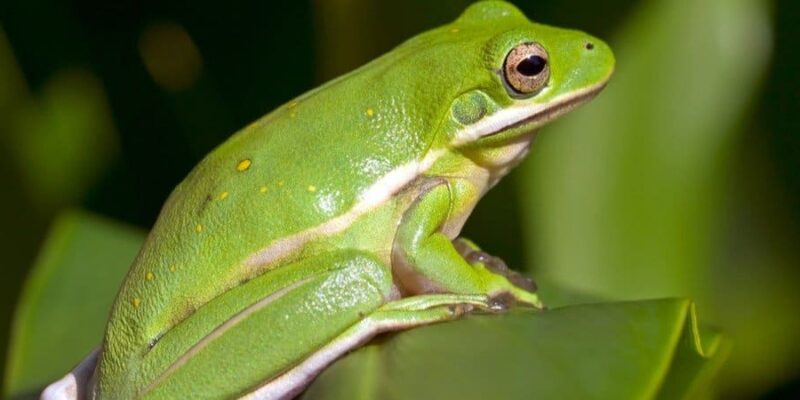


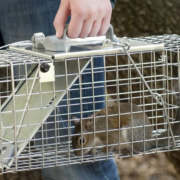


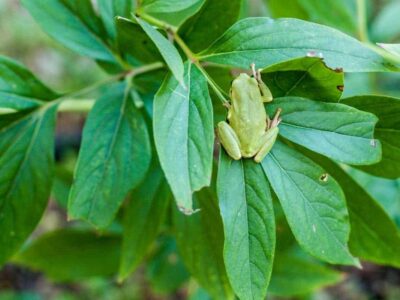
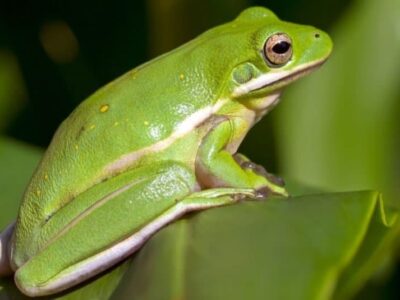

Comments